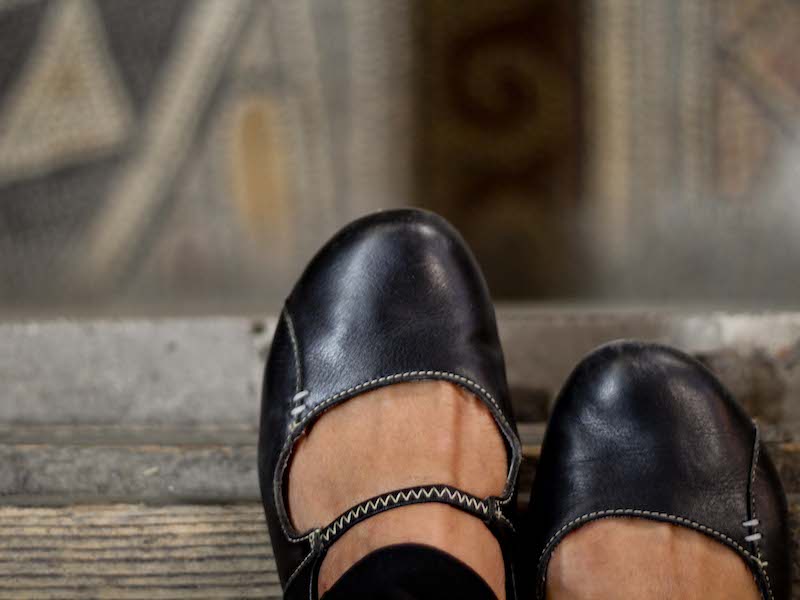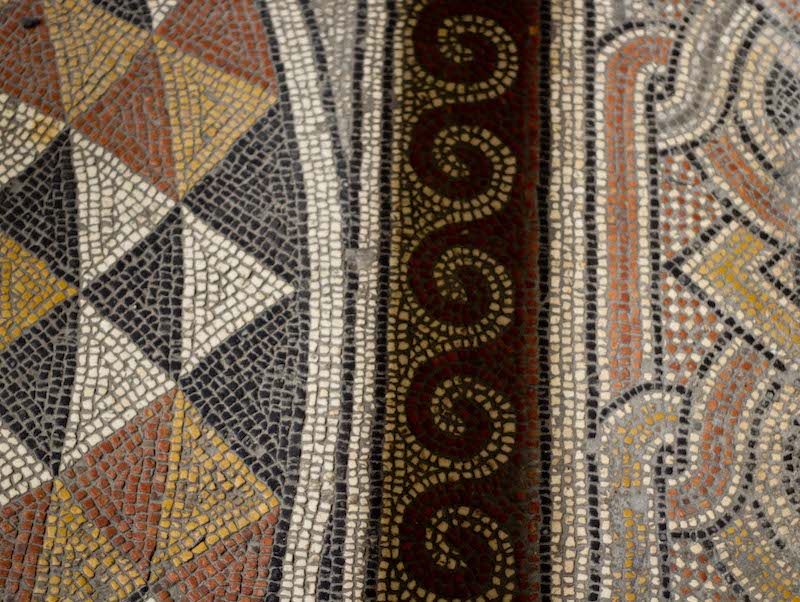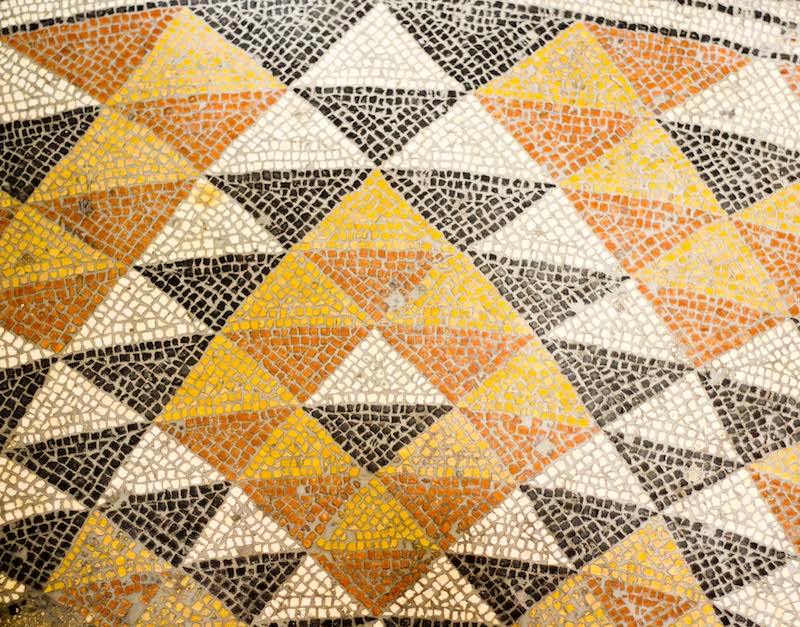
The Church of the Nativity is a basilica originally built in the fourth century by Saint Helena, mother of Emperor Constantine I, over what is traditionally considered as the birthplace of Jesus of Nazareth. The basilica has undergone several changes and renovations since it was completed in 333 AD. But one of the most interesting features of the church remains underfoot: Constantine’s beautiful mosaic floor which was rediscovered in 1934.
READ: Photo Diary: Greetings of Peace from Bethlehem

The present floors, made of rough stone slabs, date back to the restorations made by the Greeks in 1842 who attempted to repair the damages caused by the 1834 earthquake. The mosaic floors were covered up with two feet of imported soil, and a pavement of marble slabs was laid at a higher level. While the church was being repaired in 1934, a fine mosaic floor with a Greek inscription dating from the 4th century was discovered. This inscription read: Ichtus which means fish and also form the initials of the five titles of Jesus. Under some wooden boards, patches of the ancient mosaic floor can be glimpsed. Source.
READ: Call for Pilgrims to the Holy Land

A note about Footnote:
Footnote is an ongoing photo series featuring my feet taken in different places around the world. Click here if you want to see my other Footnotes.


1 thought on “Footnote: Constantine’s Mosaic Floor in Bethlehem”